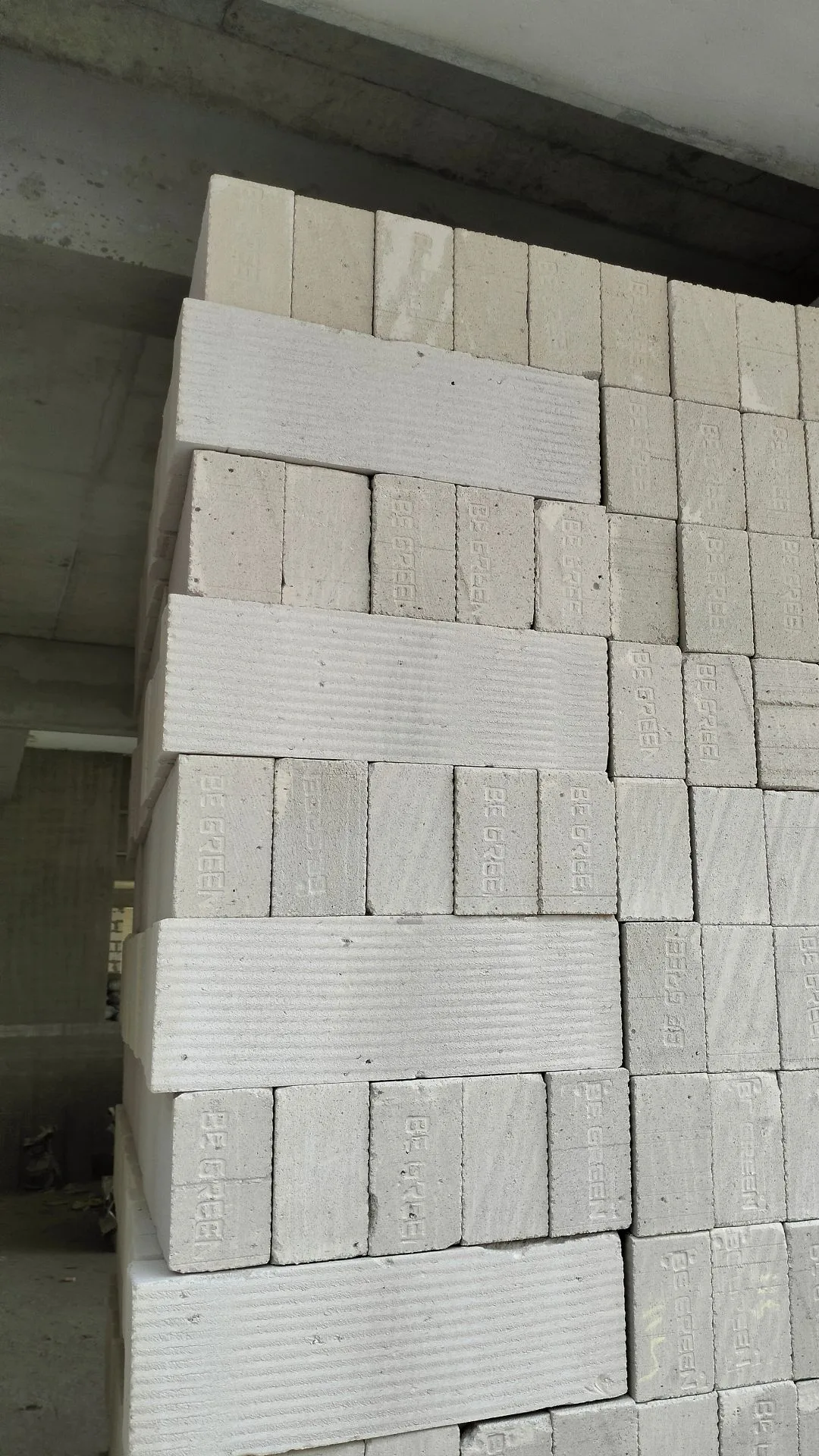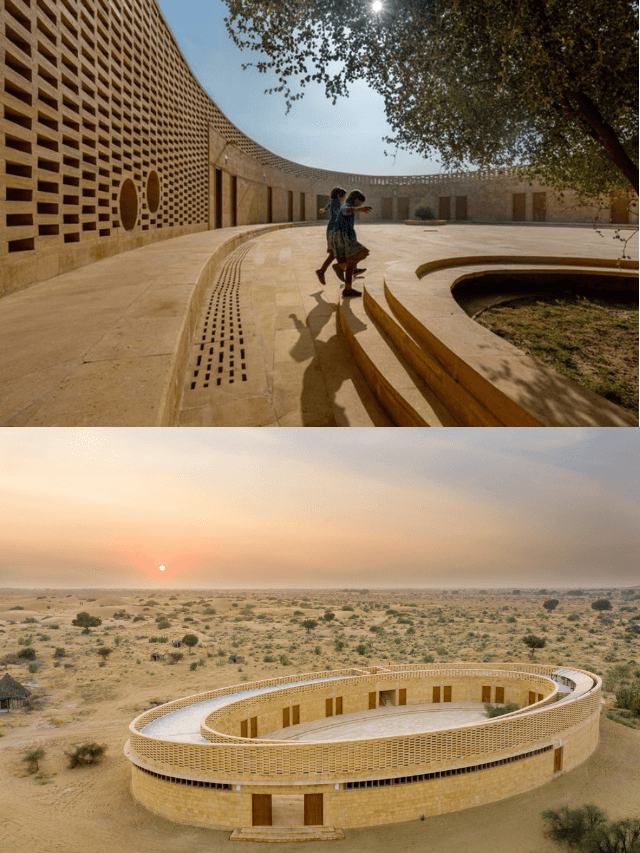In 2025, if you’re planning to build a house or working as a civil engineer using AAC blocks in construction projects, it’s essential to have a basic understanding of what AAC blocks are, where they should be used, and how to use them effectively.
Lack of proper knowledge about AAC blocks can lead to serious issues, potentially resulting in construction mistakes that compromise the quality and durability of the project. In this blog, we will explore AAC blocks in detail, including their advantages, disadvantages, and best practices for construction.
AAC Blocks: A Comprehensive Guide to Benefits, Sizes, and Best Practices.

Also read,
How To Calculate Quantity of Steel Using Unit Weight of Steel bars?
Shivalik Curv: The Twisted Marvel Redefining GIFT City’s Skyline.
Top 10 Civil Engineering Software Tools in 2025.
Introduction to AAC Blocks :
The AAC block stands for “Autoclave Aerated Concrete block” are lightweight, precast building materials revolutionizing modern construction. In the past few decades, the use of AAC blocks has significantly increased in the construction industry. If you are also using these blocks for building your house or any other construction project, it is essential to have a good understanding of them. Many people believe that blocks have been in use only for the past few years, but this is a misconception. In reality, their invention took place long ago, but their widespread use has gained momentum only in recent decades.
Invented in the 1920s, these blocks are made from a mixture of sand, cement, lime, water, and aluminum powder, which creates hydrogen bubbles, resulting in a porous, lightweight structure. With superior thermal insulation, fire resistance, and eco-friendliness, blocks are increasingly replacing traditional clay bricks and concrete blocks.
History of AAC Blocks :
These blocks are invented by Swedish architect Dr. Johan Axel Eriksson in 1923 while seeking an alternative to timber for construction. This green building material provided an edge over wood for building structures without the disadvantages of decay, termite damage, and combustibility.
– Post-WWII : Gained popularity in Europe for rebuilding war-torn cities due to their lightweight and insulating properties.
– 1990s : Introduced in India and other Asian countries; now widely used in residential and commercial projects.
Manufacturing Process :

The AAC Blocks made are manufactured by combining Fly ash, Cement, Lime, Gypsum, Aluminium Powder & Water. They further cured in Autoclave under the high steam to give its desired strength
1. Raw Materials : Sand (or fly ash), cement, lime, gypsum, water and aluminum powder (0.05-0.08% by weight).
2. Mixing & Rising : Aluminum reacts with lime/water to form hydrogen gas, creating a porous structure.
3. Pre-Curing : The mixture sets in molds and is cut into blocks.
4. Autoclaving : Blocks are steam-cured under high pressure (12 hours at 180°C), enhancing strength.
AAC Block Sizes & Specifications :
The standard AAC block sizes in India (as per IS 2185-3) as per the table below :

| Sr. No. | Specifications | AAC Block | Clay Bricks |
|---|---|---|---|
| 1 | Size | 600*200*75-200 mm 625*200*75-100 As per client's needs | 190*90*90 mm |
| 2 | Compressive Strength | 3-4.5 N/mm2 | 2.5-3 N/mm2 |
| 3 | Dry Density | 450-650 Kg/m3 | 1950 Kg/m3 |
| 4 | Thermal Resistance | 0.8-1.25 per inch of thickness | 0.5-1.0 w/mk |
| 5 | Fire Resistance | 4-6 hours | 2 hours |
| 6 | Thermal Conductivity | 0.16-0.18 w/M.k | 0.81 W/M.k |
| 7 | Speed of Construction | Very High Speed Due to Light Weight | Comparative Lower Speed |
| 8 | Curing | No need of curing | Min 7 days |
| 9 | Number of Joints | Less joints due to bigger size | More joint compared to AAC block |
| 10 | Energy Saving | 30 % reduction in Air conditioning load | No such savings |
Advantages of AAC Blocks :
1. Lightweight :
- AAC blocks weigh about half as much as traditional bricks while being ten times their size. This unique characteristic makes installation easier and offers greater flexibility for adjustments, cutting, and shaping.
- With fewer joints and uniform dimensions, AAC blocks simplify the laying process, accelerating construction.
- Their lightweight nature makes transportation more convenient, significantly reducing overall logistics and shipping costs compared to traditional bricks.
2. Thermal Insulation :
- 3x better than clay bricks, cutting HVAC costs by 25%.
- By introducing hydrogen to foam the concrete, AAC blocks offer excellent thermal insulation, keeping interiors warm in winter and cool in summer.
- This property can help reduce air-conditioning costs by approximately 25%. Additionally, their energy-efficient manufacturing process ensures sustainability throughout their lifespan.
3. Fire Resistance :
- Compared to other building materials, AAC blocks are non-combustible and offer fire resistance of up to six hours.
- Depending on their thickness, withstanding temperatures up to 1,200°C. This makes them a highly effective choice for enhancing fire safety in construction.
4. Eco-Friendly :
- They are an environmentally sustainable alternative to traditional red bricks.
- They are made using fly ash, a byproduct of thermal power plants, which helps in recycling industrial waste and reducing environmental pollution.
- Additionally, the production process of blocks emits 50% less CO₂ compared to red bricks, significantly lowering the carbon footprint of construction.
- Their energy-efficient properties also contribute to sustainability by reducing heating and cooling energy consumption in buildings.
5. Cost-Effective and Efficient Construction :
- Helps reduce steel consumption by up to 15%, lowering overall structural costs.
- With fewer joints, they require less mortar, reducing material and labor expenses.
- Their high durability ensures less than 2% breakage, minimizing wastage and transportation losses.
Disadvantages of AAC Blocks :

1. Brittle Nature : Prone to cracks during transportation or seismic activity.
2. Moisture Absorption : Requires protective plastering in humid climates.
3. Cost : 20-30% costlier than red bricks (but offsets via energy savings).
4. Limited Load-Bearing Capacity : Not ideal for heavy structural loads.
Key Precautions When Using AAC Blocks :
– Avoid dropping blocks; use pallets to prevent breakage.
– Store under cover to minimize moisture absorption.
– Use thin-bed mortar (3-5mm joints) to prevent thermal bridging.
– Install flexible sealants around doors/windows to accommodate movement.
– Apply polymer-modified plaster to prevent cracks.
– Use breathable paints to avoid trapping moisture.
Common Failures in AAC Block Structures :
1. Cracking:
- Cracks can occur due to improper curing, which weakens the material.
- Thermal expansion, causing expansion and contraction under temperature changes.
- Foundation settlement, leading to structural stress.
2. Efflorescence:
- Moisture migration through AAC blocks can lead to white salt deposits on the surface, known as efflorescence.
- This occurs when dissolved salts in water crystallize upon evaporation.
- To prevent this, apply waterproof coatings, ensure proper drainage, and use quality sealants.
3. Poor Anchorage:
- Instead of nails, use expansion bolts for mounting fixtures on AAC blocks. Nails may not provide sufficient grip due to the block’s porous nature.
- Whereas expansion bolts ensure a strong, stable, and long-lasting hold, preventing loosening or structural damage over time.
Remedies to reduce failures of blocks :
When constructing with AAC blocks, civil engineers must keep the following key points in mind:

- An RCC sill band should be provided at a height of 1.2 to 1.5 meters to prevent cracks from spreading across the entire wall.
- If the wall length exceeds 3 meters, a small RCC column with minimum reinforcement bars should be added for structural stability.
- Wire mesh should be installed at the joints where RCC components meet the AAC blocks before plastering to prevent cracks.
- Ready-mix mortar should be properly mixed and applied to ensure joints are completely filled. Additionally, masons should avoid excessive hammering, as it can weaken the structure.
- Due to their lightweight nature, the blocks should not be used in heavy load-bearing structural components.
- If a whole block cannot be placed, it should be cut properly to maintain structural integrity. Since they are porous, improper cuts can compromise their strength.
By following these small yet crucial considerations, construction quality can be significantly improved, leading to better durability and performance.
FAQs About AAC Blocks :
1. What is the full form of AAC block?
– Autoclaved Aerated Concrete Block.
2. Can AAC blocks be used for load-bearing walls?
– Yes, but only for low-rise structures (up to G+3).
3. Do AAC blocks require waterproofing?
– Yes, in high-rainfall areas. Use silicone-based sealants.
AAC blocks are transforming construction with their lightweight, insulating, and eco-friendly properties. While they have limitations like brittleness and higher upfront costs, their long-term benefits in energy efficiency and sustainability make them a smart choice for modern builders. By adhering to best practices in handling, plastering, and moisture protection, you can maximize their lifespan and performance.
Also read more,
How To Calculate Quantity of Steel Using Unit Weight of Steel bars?
Comprehensive Guide to the Types of Foundations in Construction.
Foundation in Construction: An Introduction to Their Purpose and Importance.
Excavation in Construction: A Comprehensive Guide to Its Process & Types.
Introduction to Civil Engineering: What It Is and Why It Matters.












I highly recommend ernestopro.com for all your AAC block needs. Their comprehensive solutions and expert guidance make it easier to understand the benefits and best practices of using AAC blocks in construction. Whether you’re interested in sustainable building materials or cost-efficient construction methods, ernestopro.com provides valuable resources that can help you make informed decisions. Their professional support ensures that projects are successful from start to finish.
It’s a shame you don’t have a donate button! I’d most certainly donate to this excellent blog! I guess for now i’ll settle for book-marking and adding your RSS feed to my Google account. I look forward to fresh updates and will talk about this blog with my Facebook group. Chat soon!